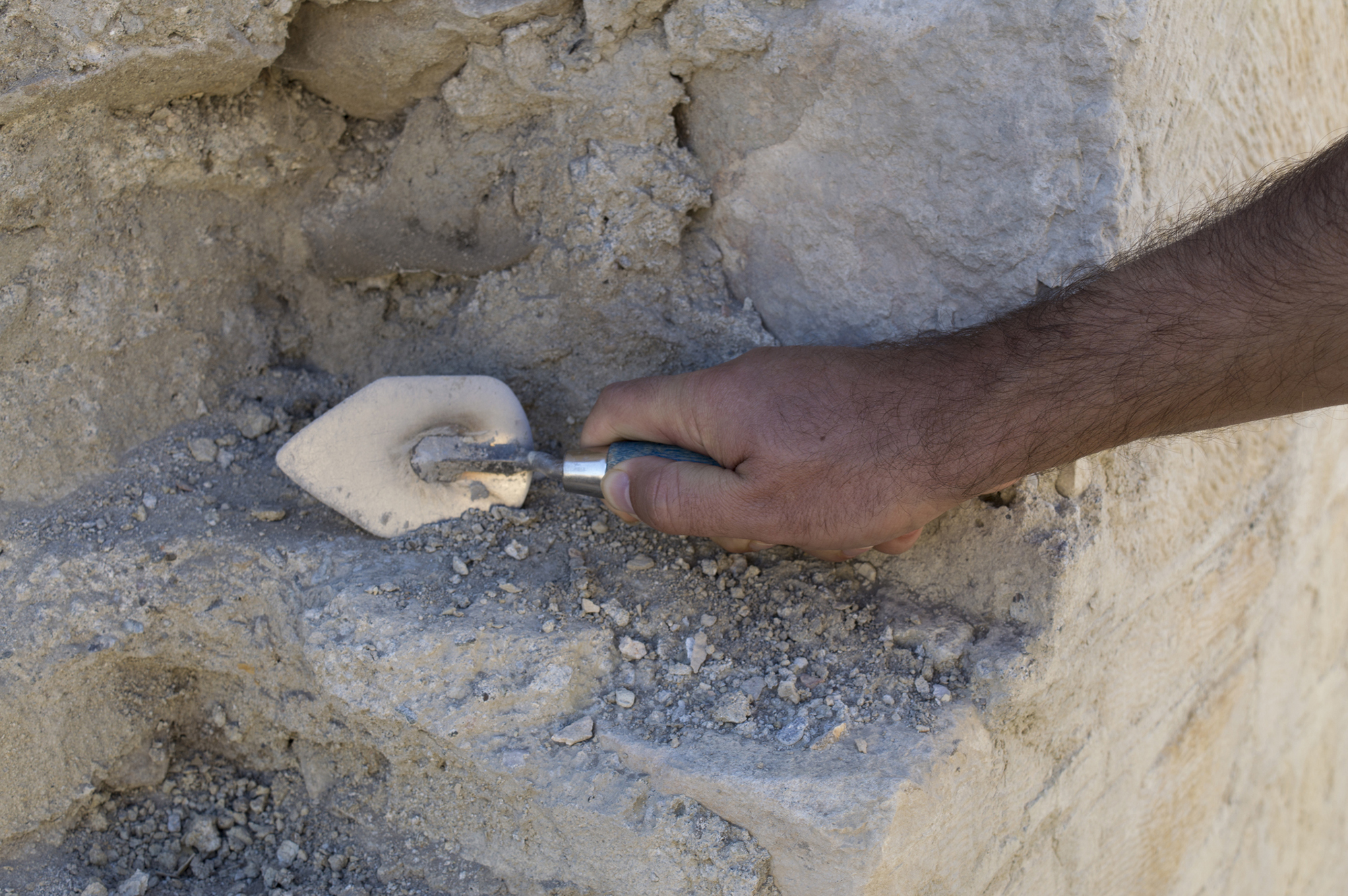
EL-ARAJ, Israel (BP) — Archaeologists believe they may have solved a mystery: the location of Bethsaida, the biblical town that was home to the apostles Peter, Andrew and Philip.
 In addition to its identification as the hometown of three apostles (John 1:44), Bethsaida is mentioned in Scripture as the site Jesus healed a blind man (Mark 8:22) and fed the 5,000 (Luke 9:10).
In addition to its identification as the hometown of three apostles (John 1:44), Bethsaida is mentioned in Scripture as the site Jesus healed a blind man (Mark 8:22) and fed the 5,000 (Luke 9:10).
Southern Baptist archaeologists, who were not involved in the project, said pinpointing Bethsaida may shed light on the biblical text, but archaeology should not be viewed as a catalyst for faith.
“Archaeology is only a tool that can develop significant insights into the biblical world,” said Daniel Warner, associate professor of Old Testament and archaeology at New Orleans Baptist Theological Seminary. “But don’t look to archaeology to build up one’s faith, for only the Bible can accomplish this, for Romans states ‘faith cometh by hearing and hearing by the word of God’ (10:17), not [by] archaeology or any other outside source.”
Yet Warner added, “If archaeology can confirm this is Bethsaida and the Bible says the apostles were there, why would we doubt it?”
The key to tentatively identifying el-Araj, a site on the Sea of Galilee’s northern shore, with the ancient fishing village of Bethsaida is a Roman bathhouse unearthed by researchers this summer, Israel’s Haaretz newspaper reported Aug. 8. The bathhouse dates from the first to third centuries and confirms the presence of a major Roman city during that period, according to Haaretz.
That’s significant because the first-century Jewish historian Josephus wrote in “Jewish Antiquities” that Philip the Tetrarch “advanced the village Bethsaida … unto the dignity of a city, both by the number of inhabitants it contained, and its other grandeur, and called it by the name of Julias” (18.28).
Archaeologists excavating el-Araj — led by project director Mordechai Aviam of Israel’s Kinneret Institute for Galilean Archaeology — previously unearthed ruins of what appears to be a Byzantine church built in the fifth century, according to media reports. That find may align with the report of an eighth-century Bavarian bishop stating a church had been erected at Bethsaida over the purported site of Peter and Andrew’s house.
Since the 19th century, scholars have identified two sites as potential locations of Bethsaida: el-Araj and a nearby site known as et-Tell. The latter, however, is thought by many archaeologists to be too far from the shore to have been a New Testament fishing village, as Scripture describes Bethsaida. Et-Tell also seems never to have been a significant Roman city, according to National Geographic.
Steve Andrews, professor of Hebrew and Old Testament at Midwestern Baptist Theological Seminary, told Baptist Press, “After 30 years of excavation, et-Tell has produced little evidence that accurately fits the description of Bethsaida already known from the Bible and other ancient sources.”
In contrast, Andrews said in written comments, “discoveries at el-Araj should encourage believers in the study of the Gospel accounts. Obviously, our faith in Christ does not hang on the precise location of an ancient city, but the potential recovery of the actual site of Bethsaida reminds us that our Lord ministered in a real fishing village to real people. Even more important is that He called two of these fishermen [Peter and Andrew] to be fishers of men (Mark 1:16-18). As a result, the world will never be the same.”
Warner noted in written comments, “It’s still very early” in the two-year-old excavations at el-Araj “to make a definite identification. But at this point, positive indicators archaeologists look for to even suggest they have a possible historical city are lining up well.”
Warner added, “To seal the deal that this is the actual city of Bethsaida or any other, one would need at best a written inscription from the site identifying it as such, like those found at Ekron and [New Orleans Seminary’s] site of Gezer. But even without [an inscription], it’s possible to build a good circumstantial case for a site.
“For the biblical believer, either way this site has the potential of opening a significant window illuminating the world of the first century, of when and where Jesus and many of His apostles lived. This is exciting,” Warner said.
Andrews, who has participated in 12 archaeological digs, agreed that future work at el-Araj “has the potential to resolve the mystery of Bethsaida’s location once and for all.”
















